Are curious about what is a balance bike? It is an essential tool for learning to ride and building confidence in children. These bikes go beyond mere instruction, providing a solid foundation for developing balance and coordination.
As kids learn to ride and control their movements on these bikes, they gain essential skills and self-assurance, preparing them for the challenges of regular bicycles. The impact extends further, fostering independence, a sense of accomplishment, and a lifelong passion for outdoor exploration and physical activity.
Let’s explore the details of what makes a balance bike special and how it lays the groundwork for a lifetime filled with exciting cycling adventures.
What Is a Balance Bike?
It is often designed with simplicity and skill-building in mind, with a lightweight frame, two wheels, and an adjustable seat. Without pedals, kids use their feet to glide, which helps them understand the fundamental concept of balancing.
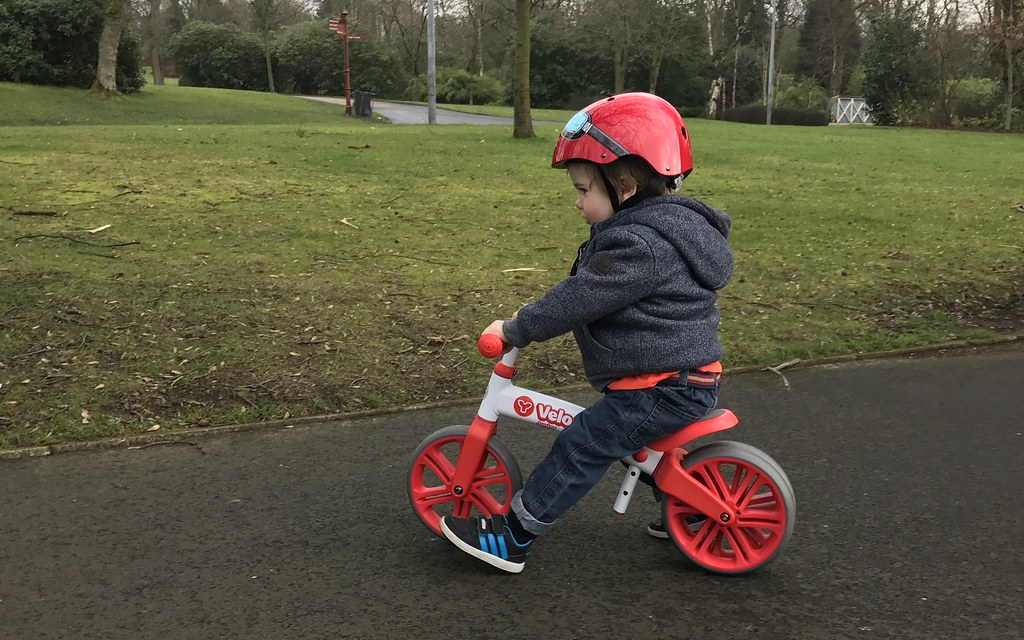
This natural process pushes kids to steer and manage the bike, improving their motor abilities and sense of direction. Children become confident and more prepared for the shift to pedal bikes as they improve their balancing skills.
Balance bikes offer young ones a secure and enjoyable environment that allows them to explore their physical skills and gain a sense of fulfillment.
Features of Balance Bikes
Gearing
Balance bikes often do not have gears since they encourage balance and coordination over acceleration. This straightforward design allows young riders to concentrate on vital abilities rather than the complexities of shifting gears.

Braking System
Mostly they have a basic braking system, which is normally hand-operated. This introduction to the braking concept assists children in developing a sense of control and safety while riding.
Handlebars
The handlebars are usually designed to be easily gripped by little hands. Their width and height are designed to give young riders the most comfortable and natural steering experience.
Frame Material
Their frames are often constructed on lightweight materials such as aluminum or steel. This guarantees that the bike remains easy to control while still remaining durable for the activities performed by kids.
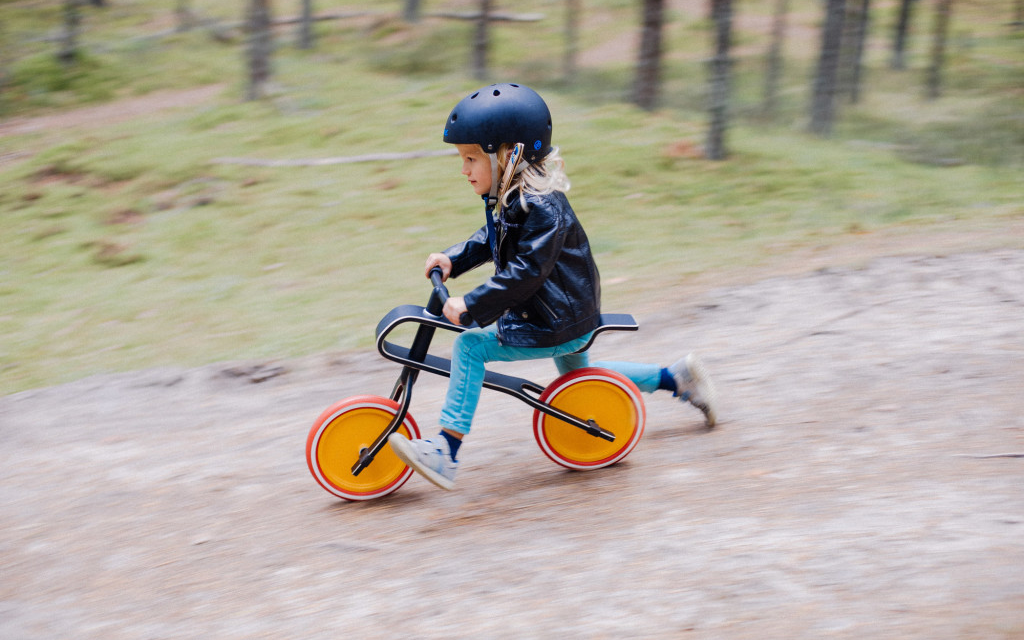
Wheel Size
Balance bikes have different wheel sizes depending on the child’s age and height. Smaller wheels provide more stability in the beginning, while larger ones are gradually changed as children grow and gain confidence.
Tires
Tires are critical in molding a child’s riding experience. The best tire design enables stability and smooth gliding while providing the appropriate amount of grip for different surfaces.

Young riders can confidently explore and develop their balancing skills in a safe and entertaining manner with the correct tire selection.
Suspension
They typically lack suspension systems since their primary focus is on developing fundamental abilities rather than dealing with tough terrain. The lack of it contributes to the bike’s minimal weight and ease of control.
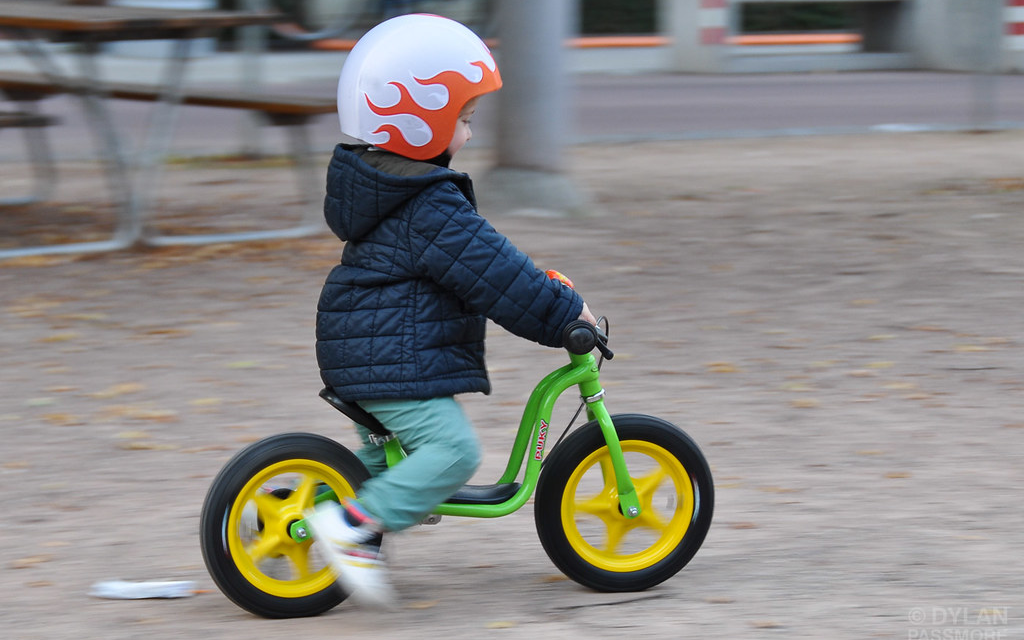
History of Balance Bikes
Balance bikes can be traced back to the nineteenth century when Karl Drais created the “Draisine,” a wooden invention that let riders glide using their feet. Balance bicycles later evolved into wooden toy horses and small bicycles without pedals, replicating modern designs.
These bikes gained popularity as crucial tools for kids early riding lessons, developing balance and coordination prior to moving to pedal bikes. They have advanced further in recent decades, which comprises lightweight materials, safety features, and ergonomic designs.
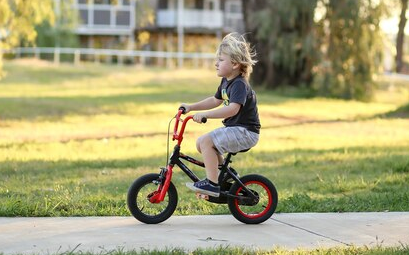
Today, they continue to play an important role in developing young riders’ skills and establishing a lifelong love of cycling and outdoor activities.
What Is the Difference Between Balance Bikes and Other Bikes?
Balance bikes, while comparable to typical pedal bikes and tricycles have certain properties that identify them differently. Unlike pedal bikes, they do not have pedals, allowing young riders to concentrate only on control and stability.
Because kids already understand the basic concepts of balancing, this design promotes a smooth transition to pedal cycles. Tricycles, on the other hand, provide stability with three wheels, which may delay the development of required balancing abilities.

Furthermore, balance cycles are designed for a certain age range (usually 18 months to 5 years), encouraging early motor skill development. Balance bikes, in essence, are a particular teaching instrument that strikes a perfect balance between boosting skills and ensuring a smooth transition to traditional cycling.
Pros of Balance Bikes
- Balance bikes teach children to how to maintain their balance naturally, which aids in the development of major motor skills necessary for cycling.
- Kids move readily to pedal bikes since they already understand balancing and handling fundamentals.
- Early balance development increases children’s confidence and excitement for riding.
- With their feet on the ground, children feel more in control and can study at their own pace, reducing the risk of falling.
- Balance bicycles reduce the need for training wheels, teaching children to ride independently.
Cons of Balance Bikes
- Balance bikes are appropriate for children aged 18 months to around 5 years, restricting their long-term usefulness.
- Children miss out on directly learning to pedal, needing a separate transfer to pedal cycles.
- It can be difficult to maneuver around obstacles and inclines without pedals.
- Balance bikes, while less expensive than training wheels and pedal bikes, do require an initial investment.
- Due to their design and lack of gear, they are not suitable for rough terrain or long distances.
How to Encourage a Toddler to Use their Balance Bike?
Encourage toddlers to ride their balance bikes by combining excitement, patience, and positive reinforcement. Begin by introducing the bike as a thrilling experience and demonstrating its use with basic examples. Pick time slots when your child is well-rested and enthusiastic for practice sessions.
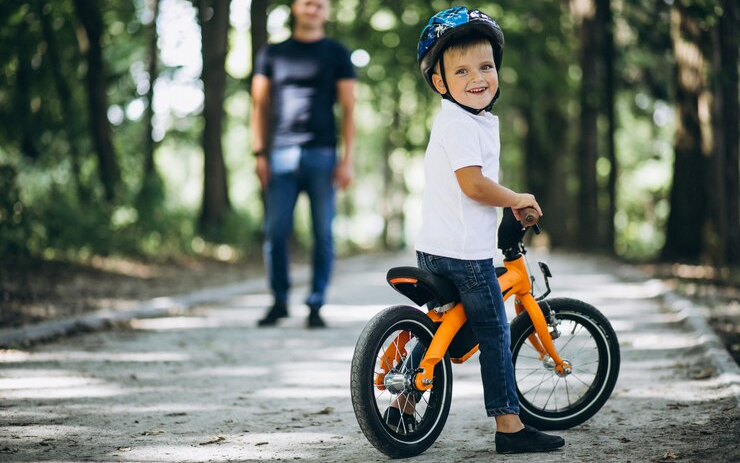
Create a safe environment by beginning in open areas and consistently rewarding even the slightest efforts. To track development, use familiar objects, keep sessions short but frequent, and set attainable targets. Group playtime with other balancing bike users can offer a social dimension to the learning process.
Finally, ensuring a stress-free and enjoyable experience will encourage toddlers to accept their balance cycles with confidence and start an exciting journey of riding adventure.
What’s the Best Age to Start on a Balance Bike?
A balancing cycle is best introduced to a child between the ages of 18 months and 5 years. These bikes are suitable for toddlers as young as 18 months, owing to their simple design that encourages balance and control.
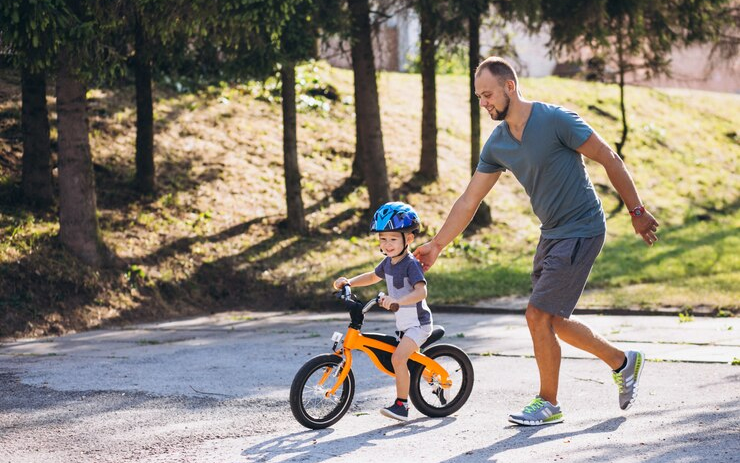
Toddlers’ riding abilities improve as they grow and develop, making it easier for them to learn the skill of balance on two wheels. Because youngsters already understand the essential ability of balance, the balance bike’s simple structure enables a smooth transition to pedal bikes.
When selecting the ideal age to begin riding a balancing bicycle, it is critical to examine a child’s physical development and level of confidence. Beginning at the appropriate age promotes a pleasant and memorable early cycling experience, laying the foundations for lifelong enthusiasm for riding.
How to Choose a Balance Bike for Your Child?
Ensure a pleasurable experience by selecting a balancing bike requires a planned approach. To determine a suitable seat height, first, examine your child’s age and measure their inseam.
Prioritize bikes with adjustable features such as seat height and handlebars to accommodate growth. For ease of handling, choose lightweight materials such as aluminum or lightweight steel.
When choosing tire type, consider what type of surface your child will ride on; air-filled tires provide a smooth ride, whereas foam or rubber tires require less maintenance.
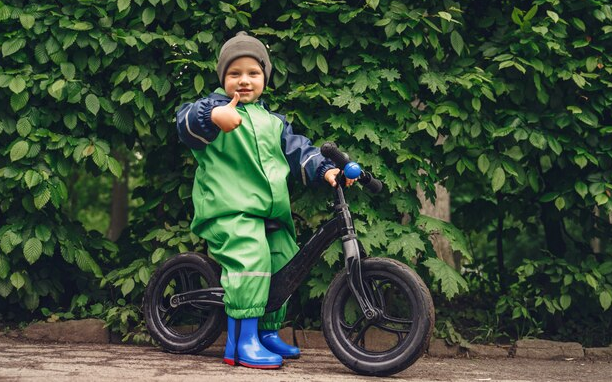
Safety features such as rounded corners and a small turning radius improve security. Choose a frame with a low step-through height for easy mounting and dismounting, as well as comfortable handlebar grips.
Conclusion
Balance bike is a great instrument beyond just teaching balance; it develops confidence and provides the foundation for a lifelong love of cycling. These pedal-less miracles provide kids with crucial skills and self-assurance by promoting balance and coordination, preparing them for the world of traditional bikes.
It has a tremendous influence on kids, encouraging independence, accomplishment, and a lifelong love of outdoor adventure and physical fitness. They are a crucial and transforming addition to a child’s path of growth and discovery since they not only empower kids with core skills but also develop an everlasting interest in cycling.
FAQs
When your child confidently glides, lifts their feet while balancing, and expresses an interest in pedals, he or she is probably ready to switch to a pedal bike.
A good quality balance bike can cost between $50 to $150, depending on features, brand, and materials, offering a cost-effective option for early cycling education.
Children should only ride balancing bicycles when wearing a helmet that fits their heads perfectly and provides the best protection.
A 12-inch balance bike is typically suitable for children aged 2 to 4 years, helping them develop balance and coordination skills before transitioning to pedal bikes.



